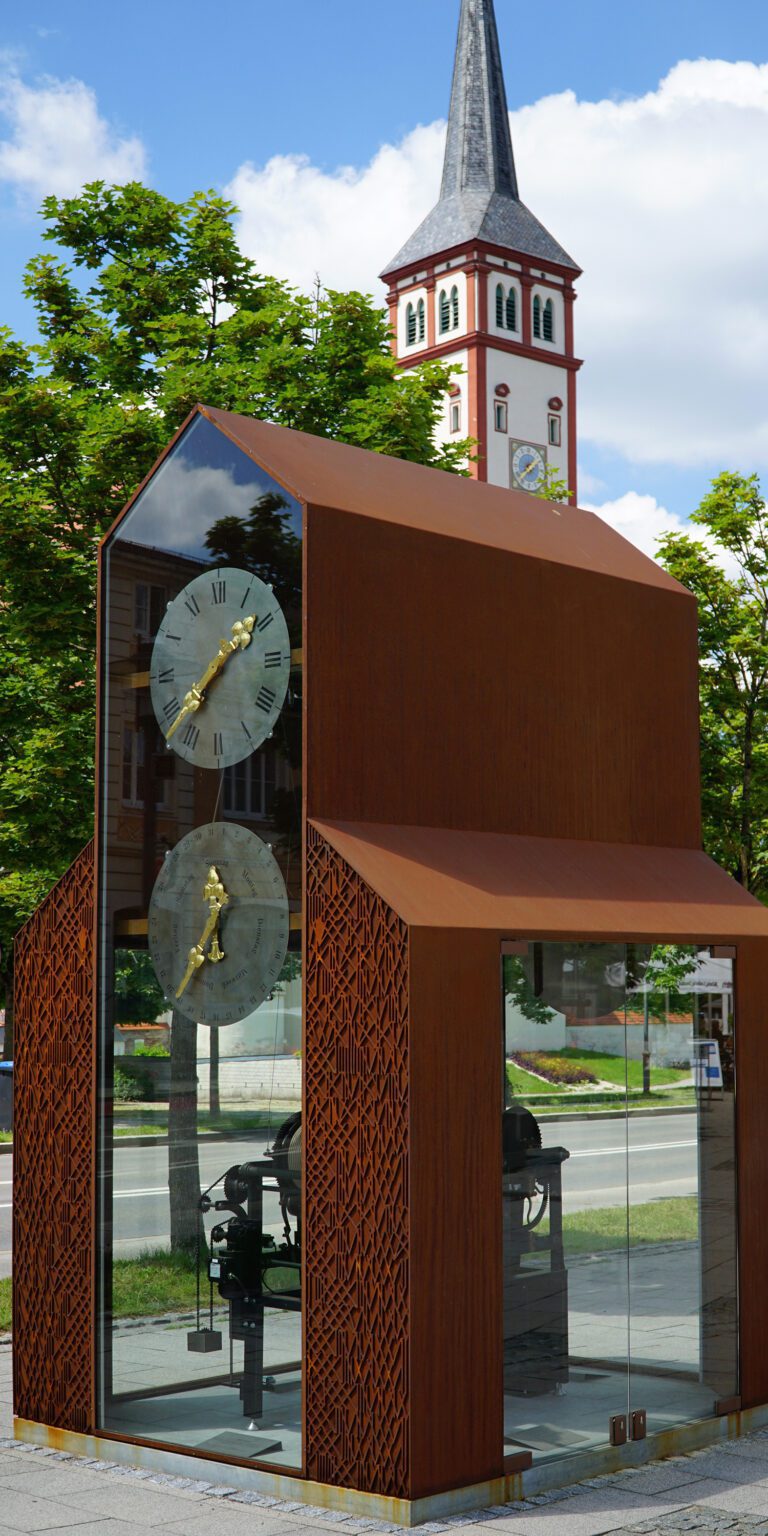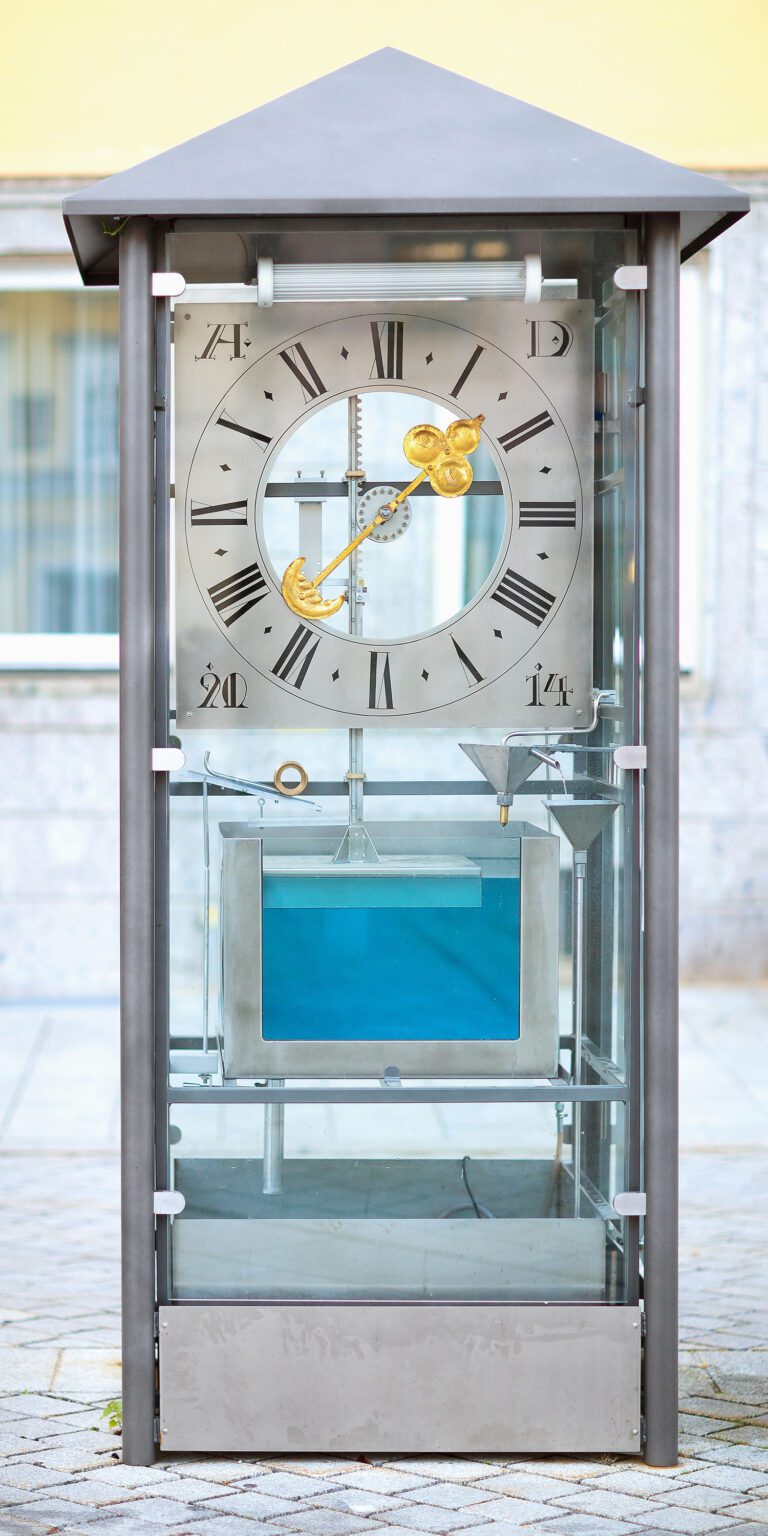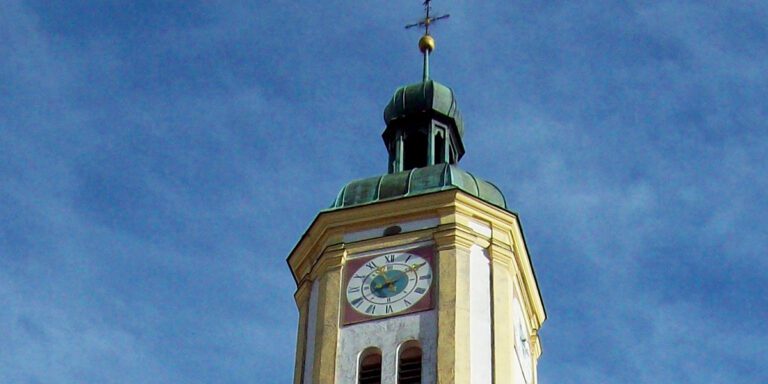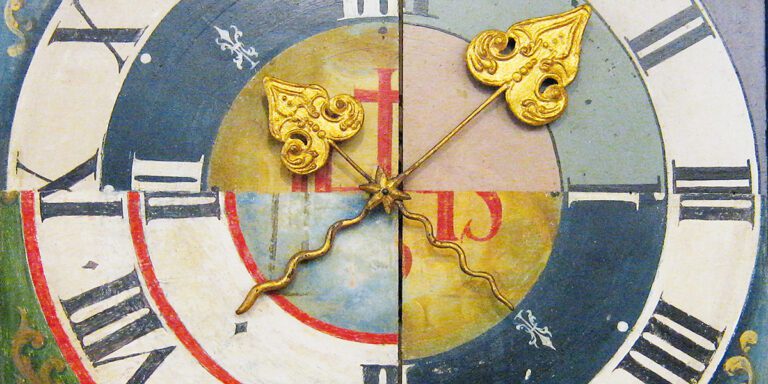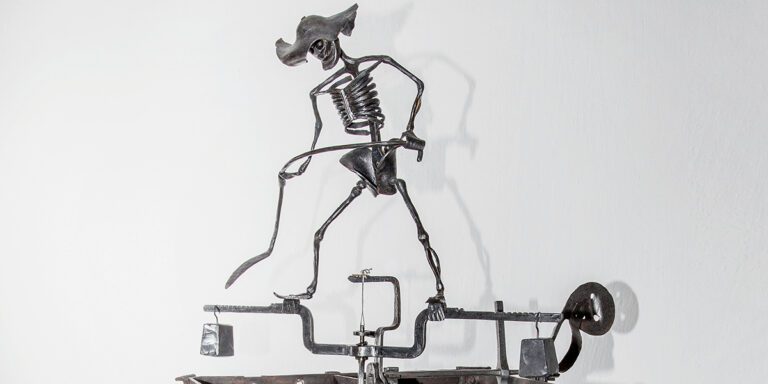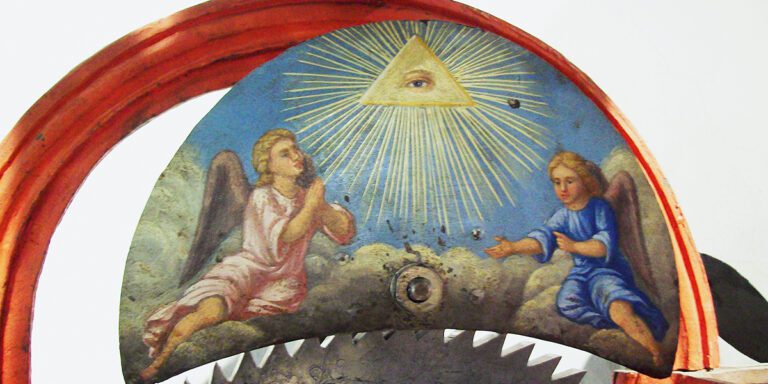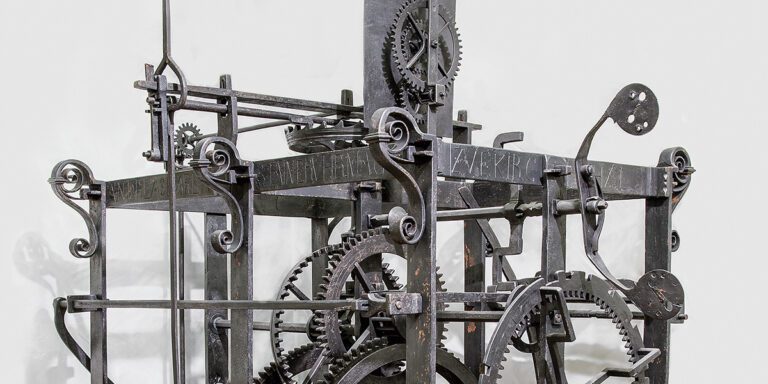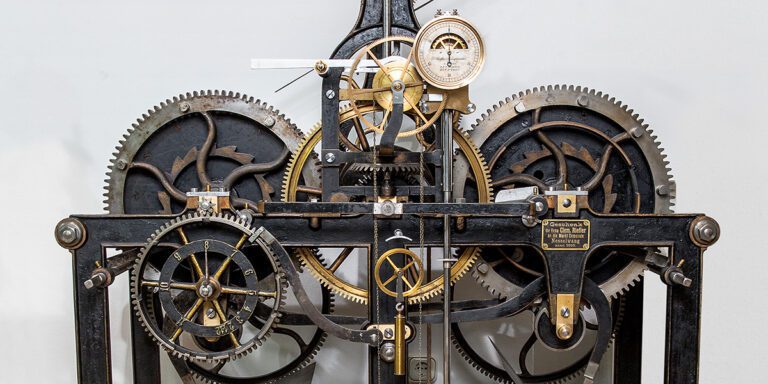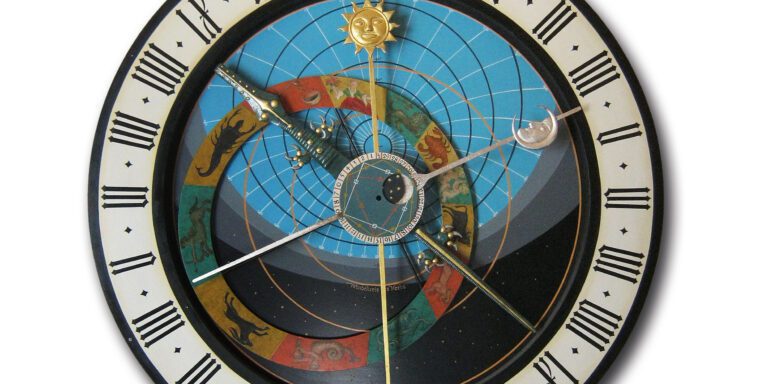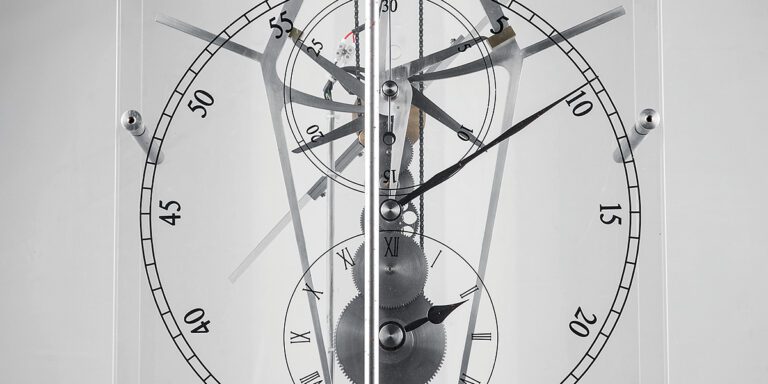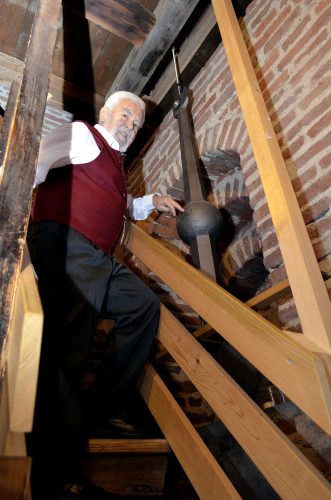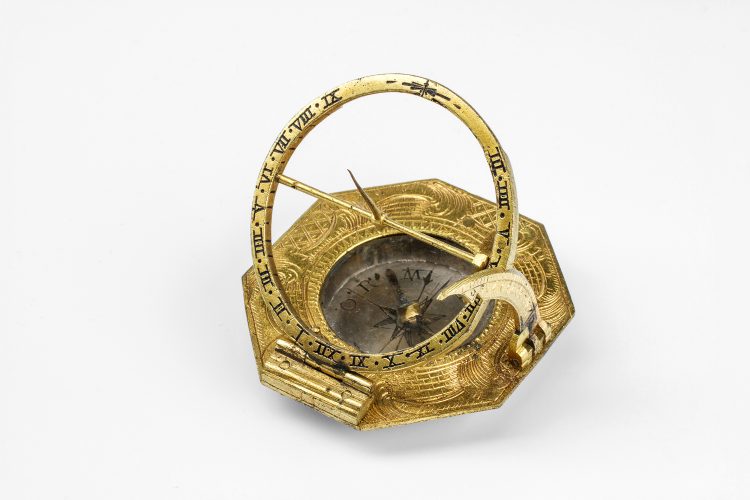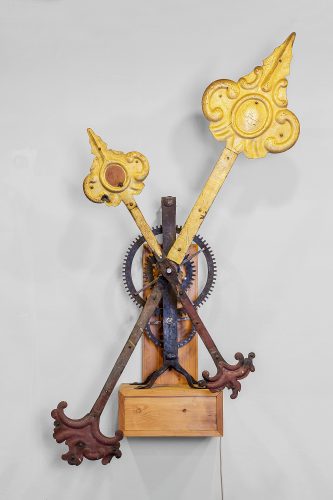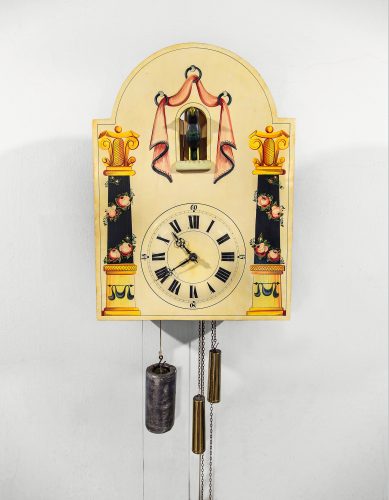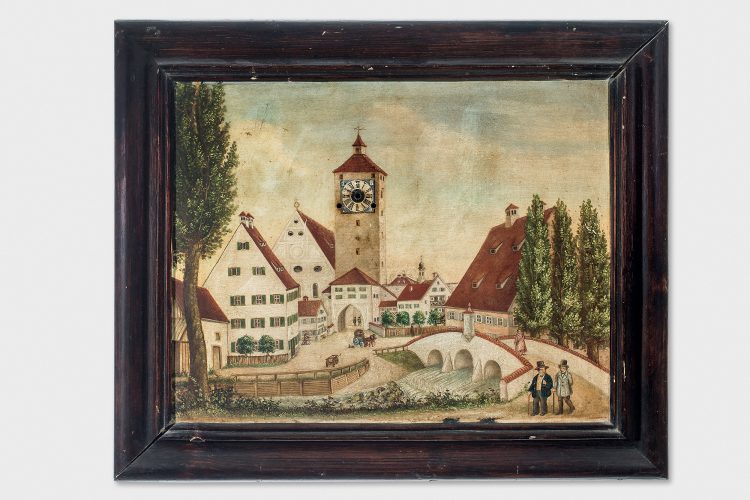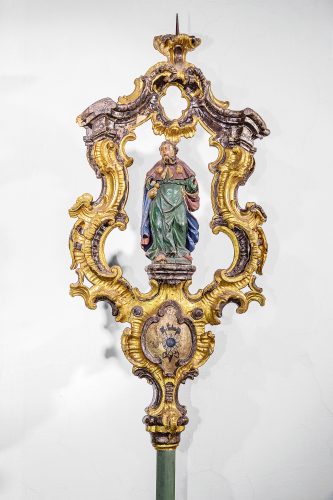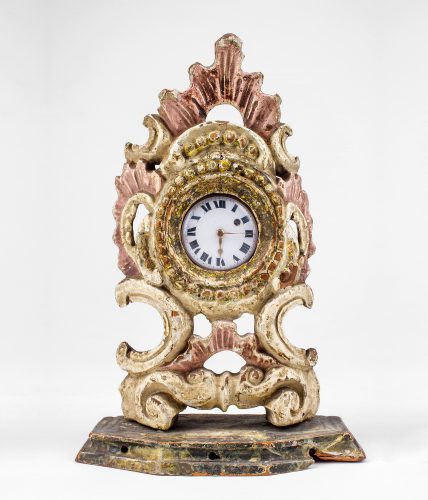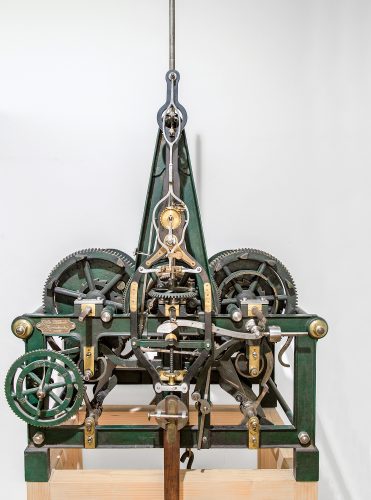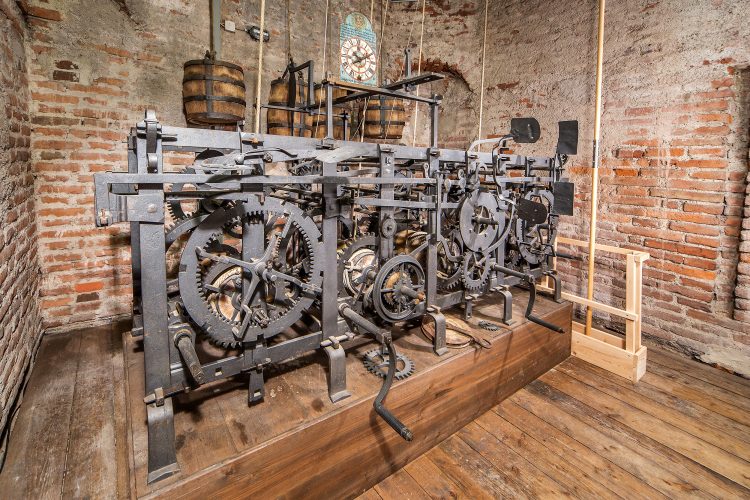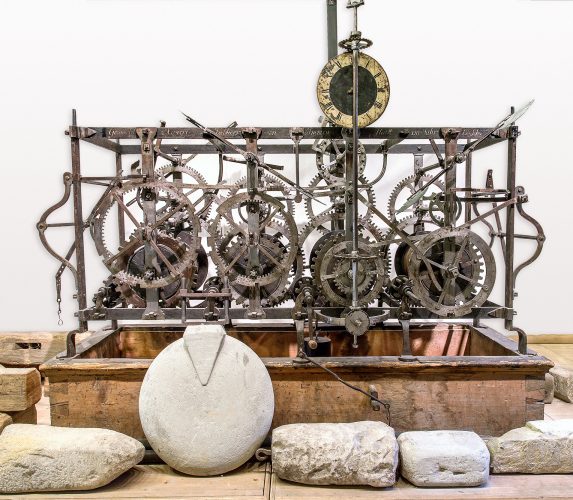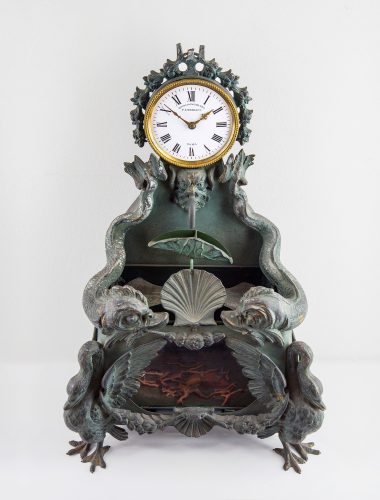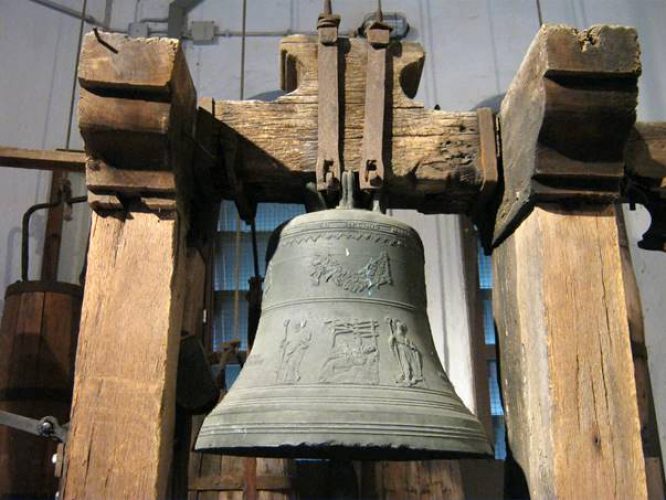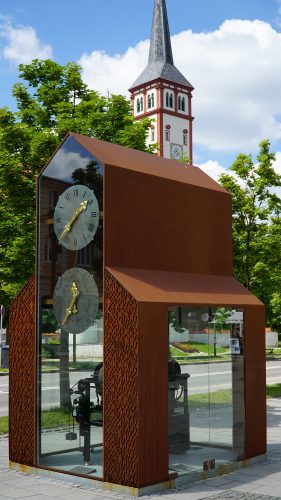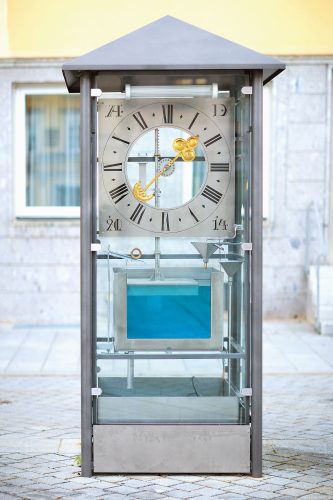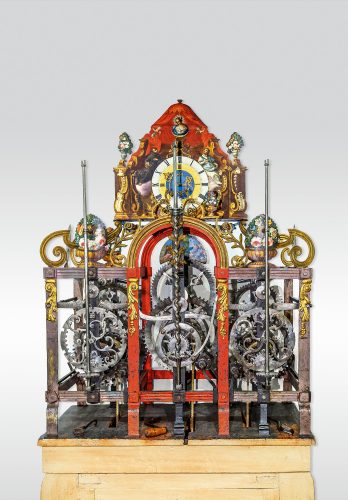
Swabian Tower Clock Museum
In the former Church of St. Silvester with its 48-metre-high tower, the “Swabian Tower Clock Museum” displays a collection of about 50 tower clocks from the period 1562 to 1978, as well as numerous pocket watches, pendulums, sundials and other works of the clockmaker’s art.
Founded in 1979 by Wolfgang Vogt, the museum presents the most comprehensive and oldest collection of its kind in Germany. The ticking, clanging, chiming or piping clocks exude a unique fascination. Anyone who thinks that tower clocks are merely unattractive, utilitarian devices will be proved wrong in the light of their artistic design, technical finesse and masterly craftsmanship.
CHAPEL WITH A HISTORY
For many centuries, tower clocks have been distinctive, audible proclaimers of faith. They proclaim the Gospel message regularly every hour. Tower clocks bear witness to the passing of life, each in its own individual way. They are more than just articles of everyday use – their artistic design, theological message and technical finesse turn them into real personalities. Where could these “contemporary witnesses to time” be better accommodated than in a former chapel with a special history? This historical building in the centre of Mindelheim was donated and built in 1409 for Duchess Anna von Teck, daughter of a Polish king, and is held in high esteem even today.
TIME AS A TANGIBLE EXPERIENCE
The Swabian Tower Clock Museum, founded in 1979 by the teacher Wolfgang Vogt is a very special experience: for children and young people, adults, laymen and specialists. There is no peace and quiet in this museum, where giant chronometers tick, levers engage, wind vanes are set in motion, a historical bell is rung by hand, or a flute clock starts to sing.
The collection, which is located in the former Chapel of St. Silvester, contains approximately 50 tower clocks dating from five centuries and is the most comprehensive of its kind in Germany. During the guided tour, visitors climb the chapel tower in the town centre (48 metres high) in gentle stages and experience to the full the history surrounding the ancient timepieces. The tower houses the second-longest pendulum in the world, which is over 26 metres long and swings back and forth every 5 seconds.
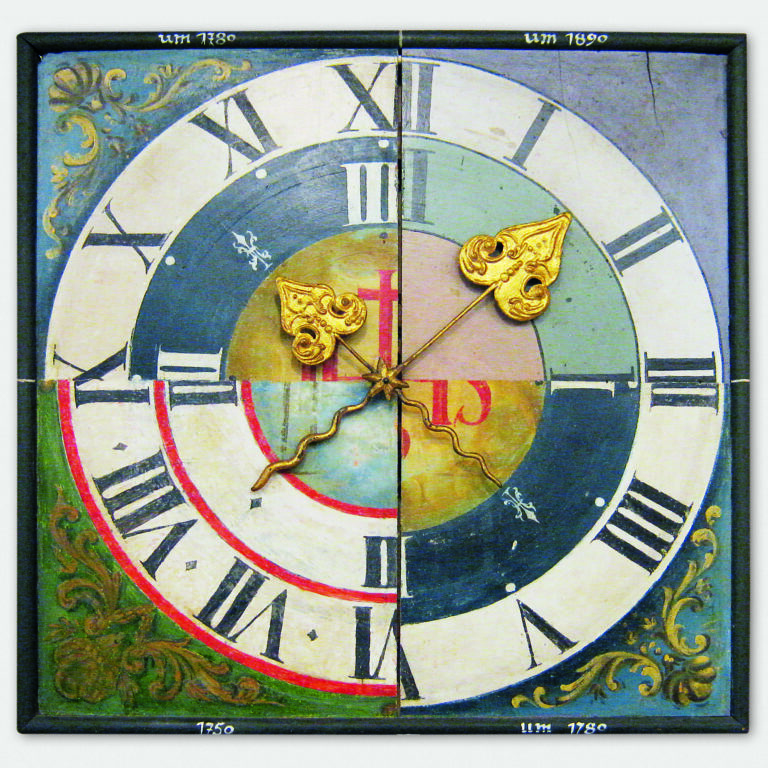
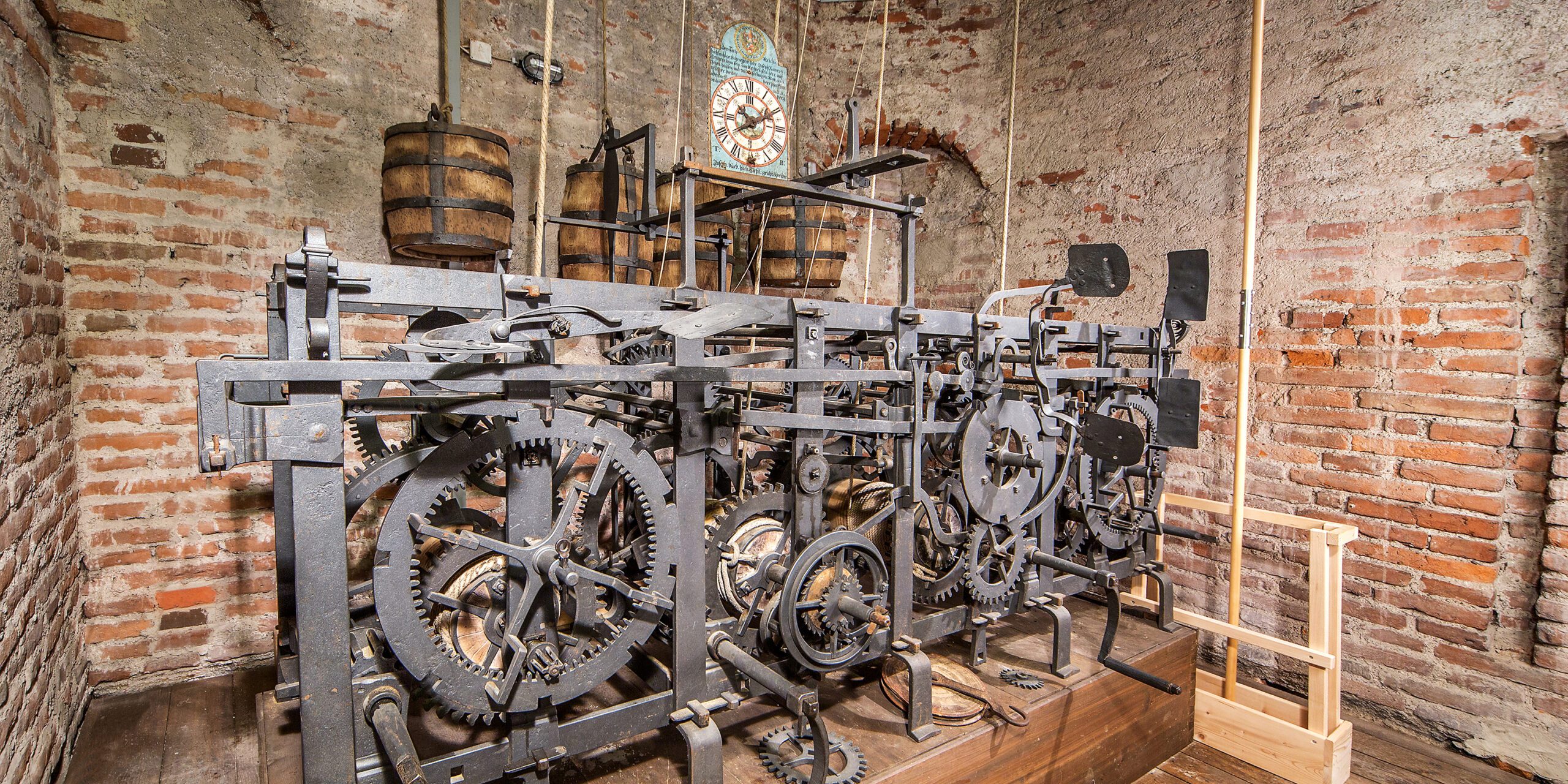
Memento mori
A few decades ago, the era of the mechanical tower clock came to an end. Almost all tower clocks were decommissioned and replaced by fully electric main clocks and digital quartz clocks. At the end of the 13th century, the first foliot clocks called monks in monasteries to prayer and councillors to meetings, and regulated the beginning and end of markets and the closing of the town gates.
As early as 1414, there is evidence of a clockmaker called Heinrich in Mindelheim, who probably took care of the timepieces in the newly constructed parish church and the Chapel of St. Silvester. At the beginning of the 16th century, the clockmaker Mathias Reit became famous far beyond the borders of Mindelheim for his unusual clocks
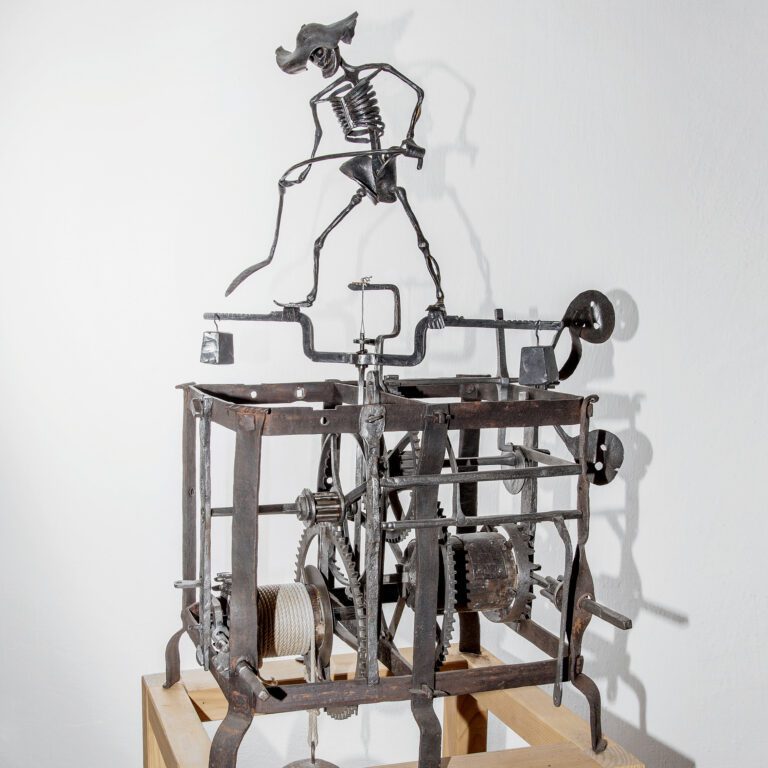
THE TOWER CLOCK – A WORK OF ART
Michael Silbernagel (1699–1755), son of a blacksmith and armourer, entered the Franciscan monastery in Schwaz in the year 1723. He adopted the name of Brother Johann Capistran and modernised the cathedral clocks in Brixen and Bozen. In 1749, at the age of 50, he came to Füssen where he made his second last clock. This work of art impressively demonstrates that the timepieces of the day were not only intended to provide perfect service, but also to “praise the master of all things”, as Peter Henlein once said.
A mere 50 years ago, tower clocks were all too often thought of only as inaccurate veterans of timekeeping, and many were decommissioned, whereas today, they are appreciated all the more as a forgotten cultural heritage
MASTERS OF THE TRADE
Throughout the centuries, the blacksmith was an important craftsman. He was able to shape red-hot iron by hammering, stretching, pressing, smoothing, perforating etc. Among the specialists in the field were not only artist blacksmiths and armourers, but also tower clock makers. They needed to know how to calculate gear ratios, transfer graduations to cog wheels, harden bearings and shape teeth.
Some famous 18th-century tower clock makers in the Allgäu region were Franz Xaveri Liebherr from Immenstadt, Josef Bernhard from Rettenberg and Johann Luitz from Kühbach. Over four generations, the Barensteiner family built high-quality tower clocks in Kirchthal near Seeg, equipping churches, monasteries and castles in the region of the Hochstift Augsburg.
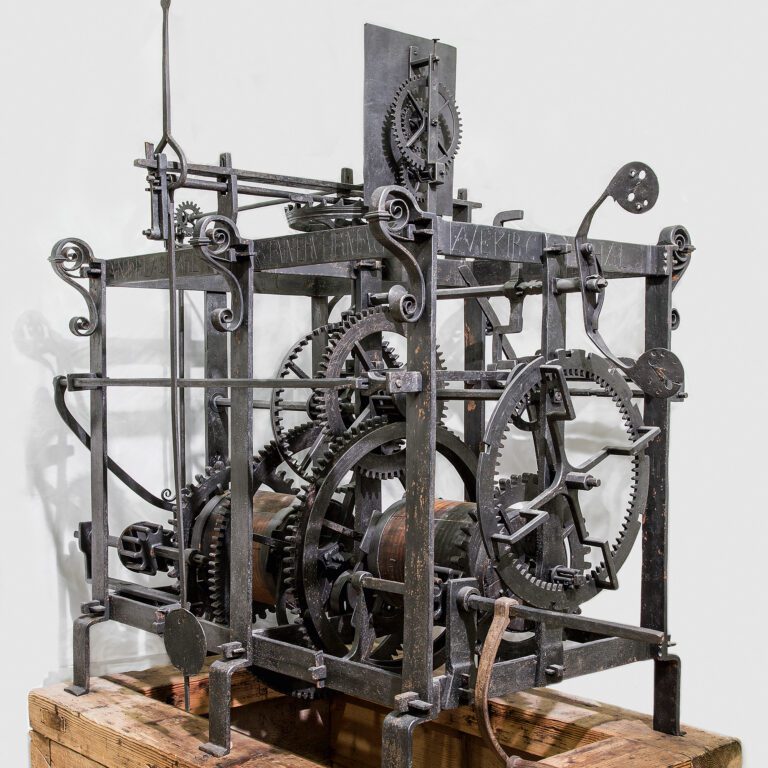
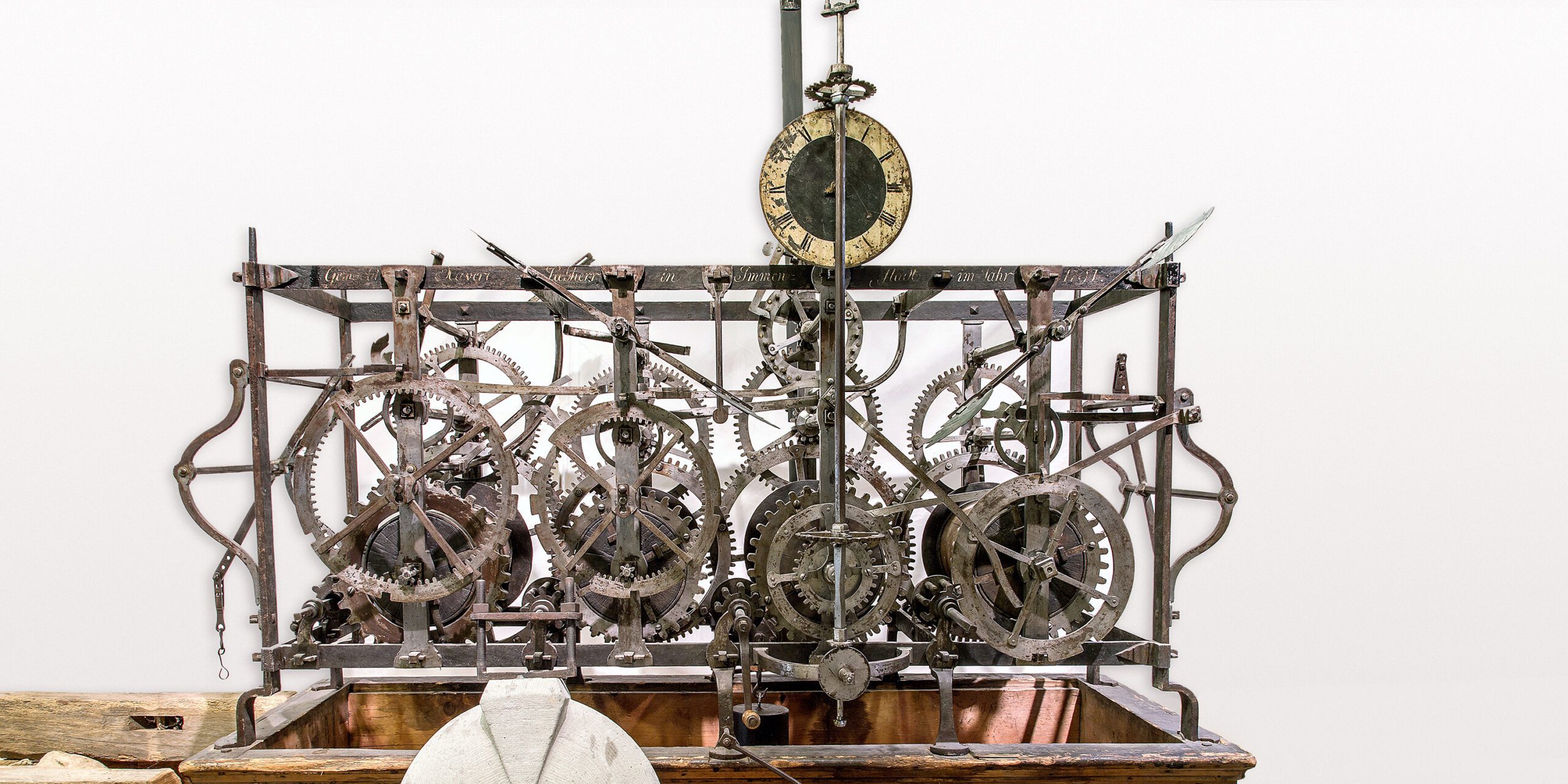
PRECISION IN PERFECTION
Accurate measurements of time were useful for astronomers and indispensable for seafarers, in order to determine the position of a ship. As railways gradually modernised the transport system, it became necessary to coordinate timetables that required uniform times for specific time zones. Central European Time was introduced in 1893.
As early as the 19th century, special escapements and pendulums enabled tower clocks to attain a degree of accuracy that had previously only been achieved with precision pendulum clocks. In the museum, a mechanical tower clock is demonstrated and explained, which for over half a century, was “the most accurate in Bavaria and probably even in the whole world” (D. Riefler).
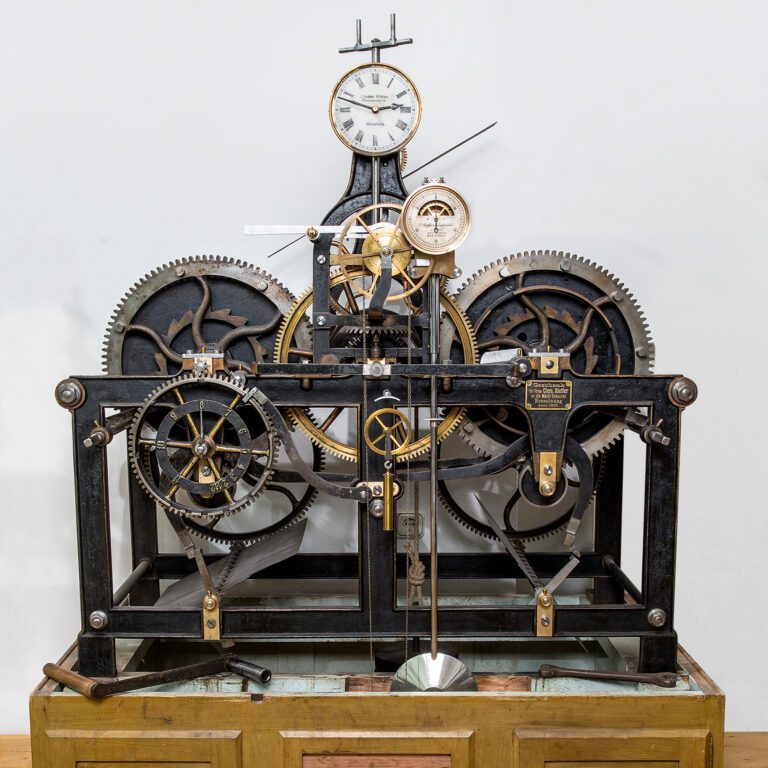
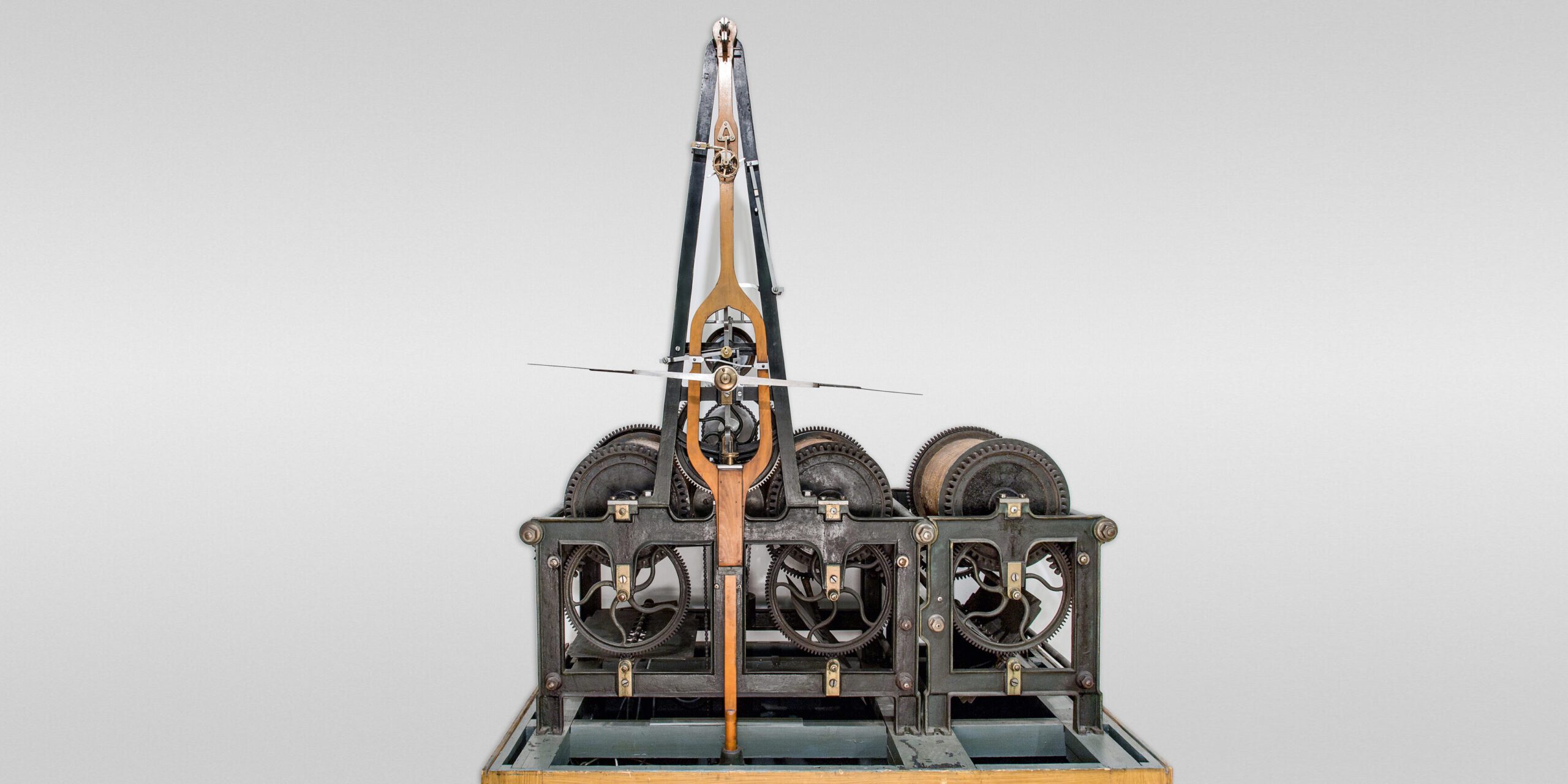
ASTRONOMICAL MARVELS
As early as ancient times, “astrolabes” were used as scientific instruments, and, in the later Middle Ages, highly valuable astronomical clocks were installed in churches, on town halls or city gates, for making astrological interpretations based on the constellation of the sun, the moon and the stars. The knowledge and the artistic skill of the clockmakers is still admired today. Today, it is hard to imagine how they created these masterpieces without the help of modern tools.
Our museum houses a replica of an astronomical clock dating from 1529. A very special movement operates the moon, sun, dragon and zodiac pointers on an astrolabe with different rotation times, so that eclipses, the lengths of day and night or the phases of the moon can be indicated, among other things.
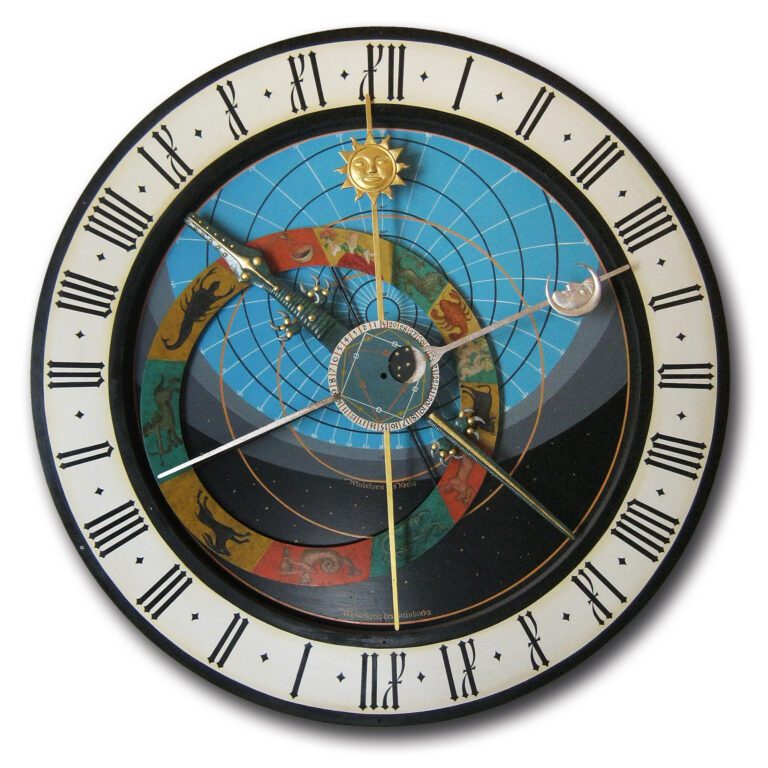
FASCINATION OF CLOCKS – THEN AND NOW
Superlatives impress – even with timepieces! Who built the first and oldest mechanical clock, and where? Which is the most complicated, the most expensive, the smallest …? The tower of the former Chapel of St. Silvester provided the opportunity to realise a unique project. To mark the occasion of the 25th anniversary of the museum in 2004, the “Kapell clock” was put into operation. It has what was once the longest pendulum in the world with a length of 26.14 metres and integrated compensation, a mallet pendulum bob weighing approx. 120 kg, moved in a 5-second rhythm by a modified Denison escapement, driven by a weight of only 150 g. The seconds, minutes and hours can be read on the chronometer dial.
"Stephanus" tower clock
To mark the museum’s 40th birthday, the historic tower clock of the parish church of St. Stephen was put on public display in June 2019 near the former town gate (Oberes Tor) and right in front of the Forum Theatre. The precision movement created by the famous tower clock maker and mechanic Johann Mannhardt (Munich) dating from 1872 deviates only a few seconds a day from the true time. It shows the time, the day of the week, the date, the age and phase of the moon, the position of the sun in the zodiac and the month on four dials.
Water clock
To mark the 35th anniversary of the Tower Clock Museum in 2014, an antique water clock was set up on Marienplatz, the central square in Mindelheim. From Easter to All Saints’ Day, this replica of the hydrochronometer created by the Greek clock maker Ktesibias (around 250 BC) shows the passing of time
